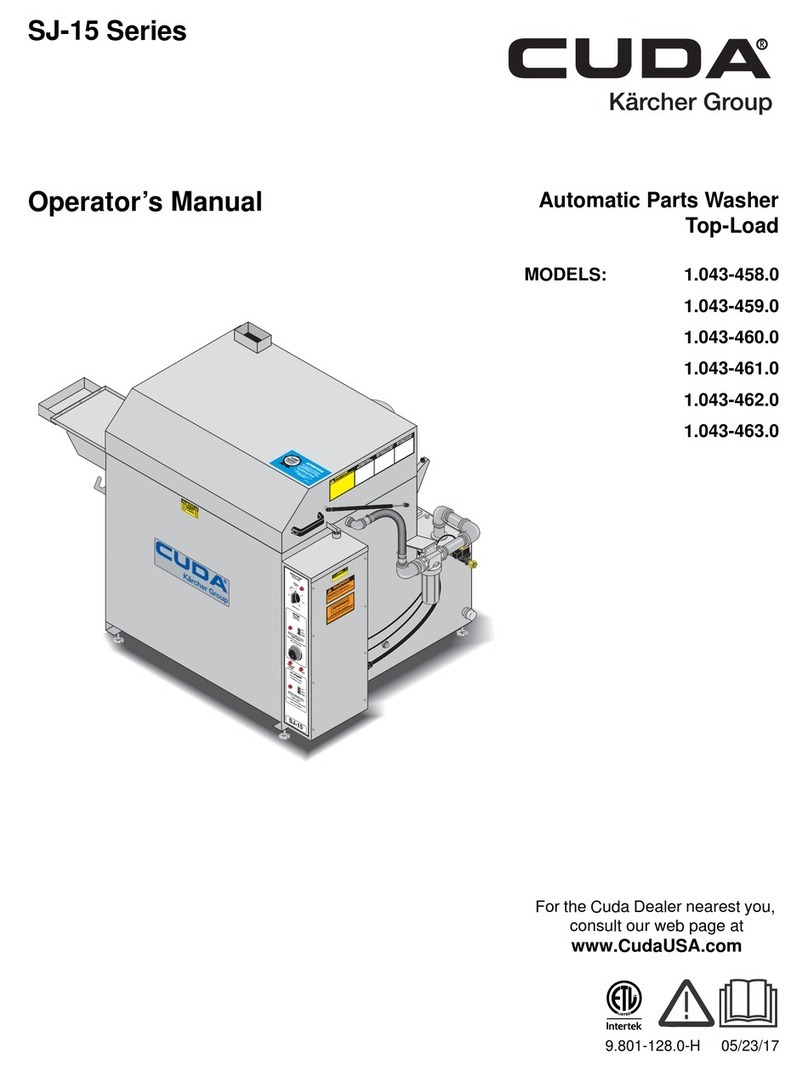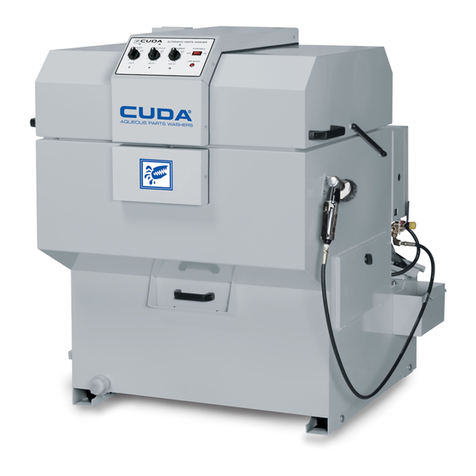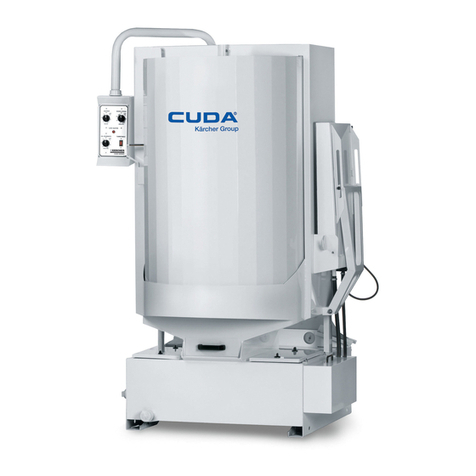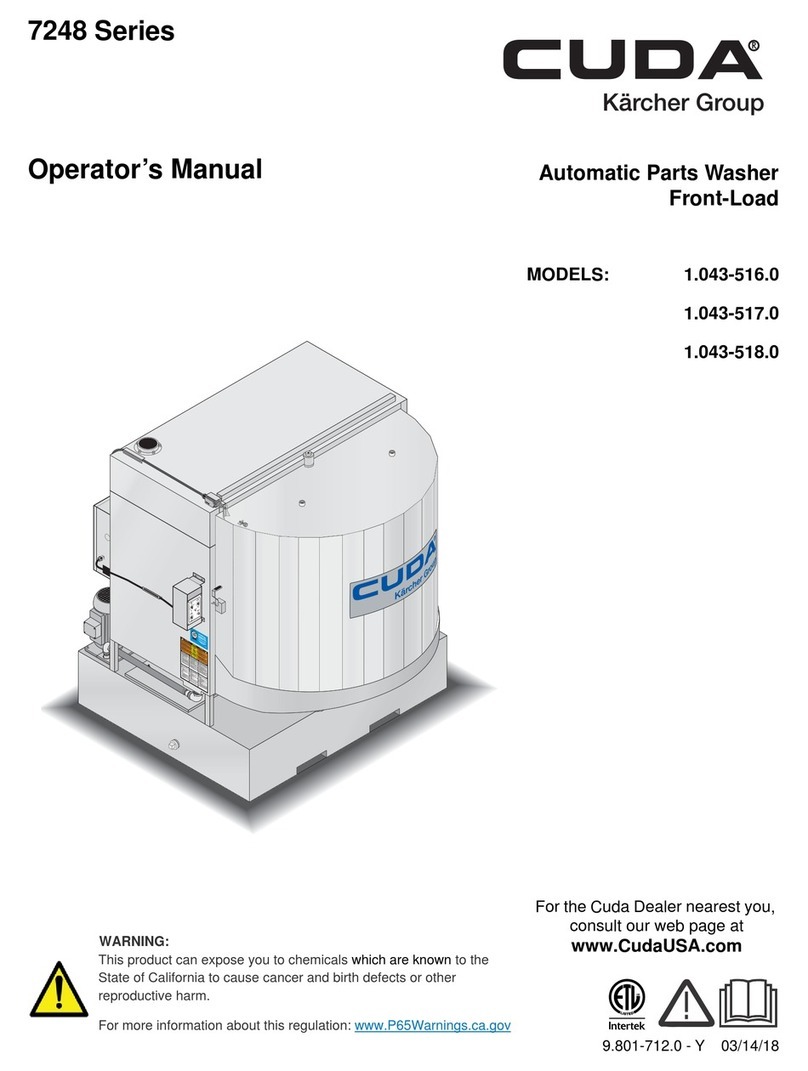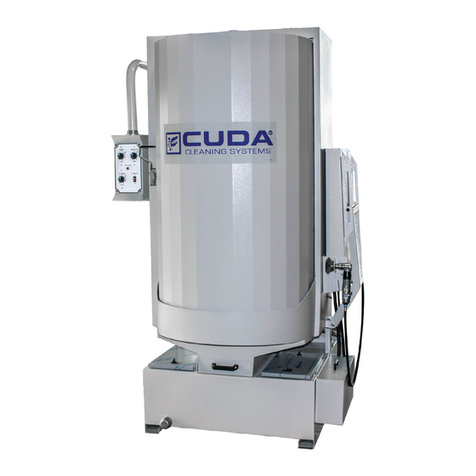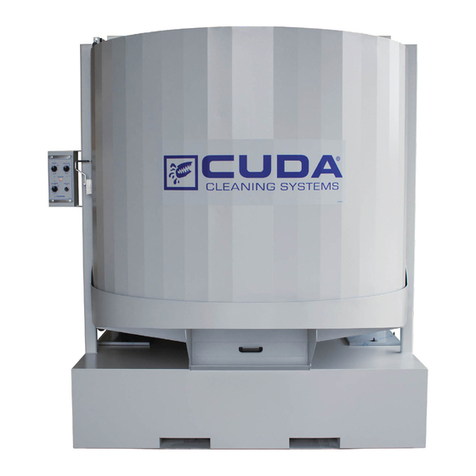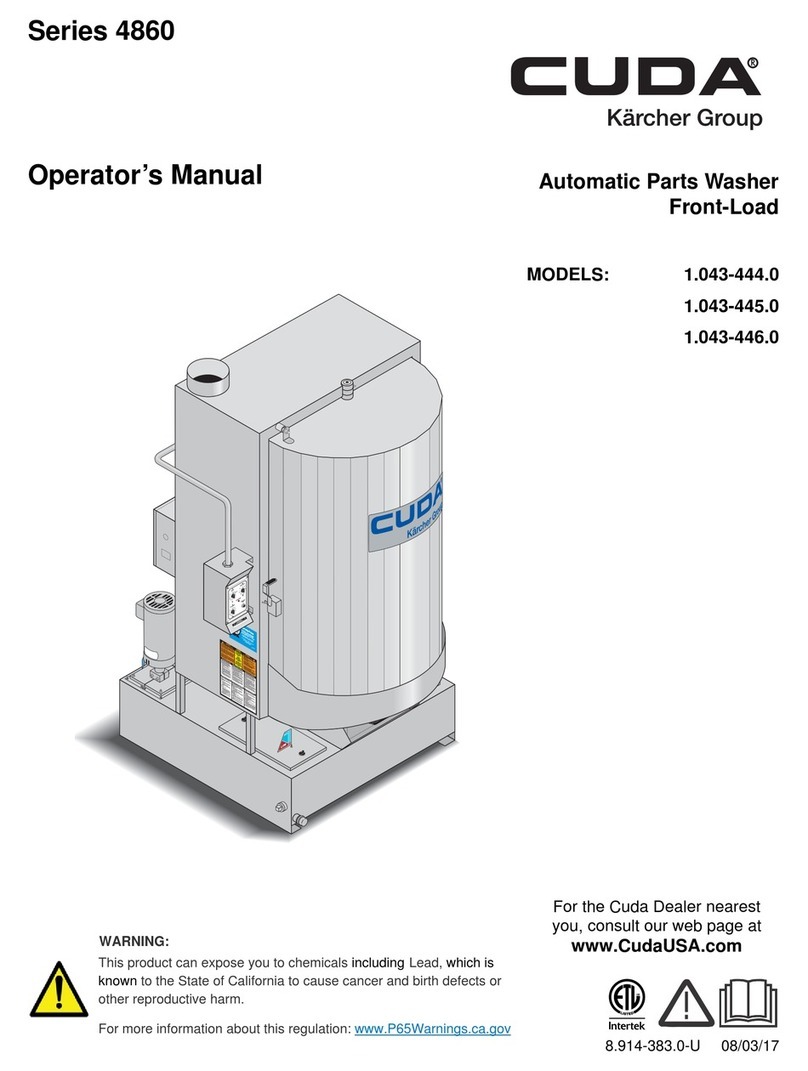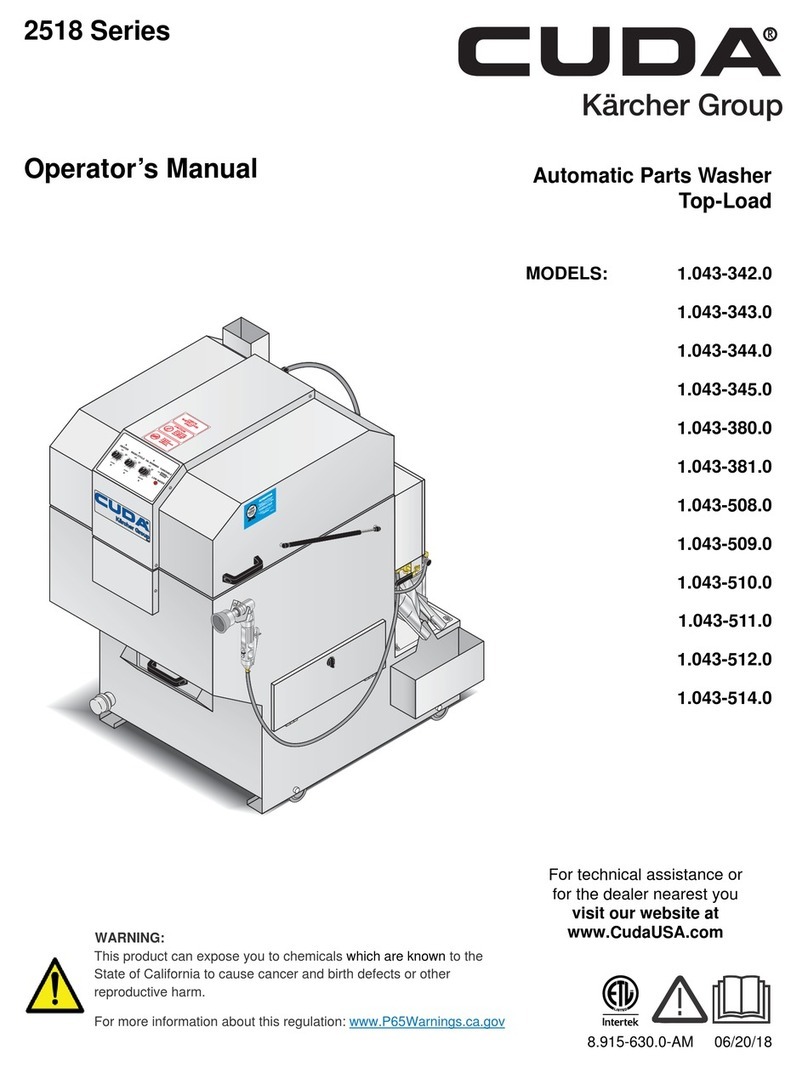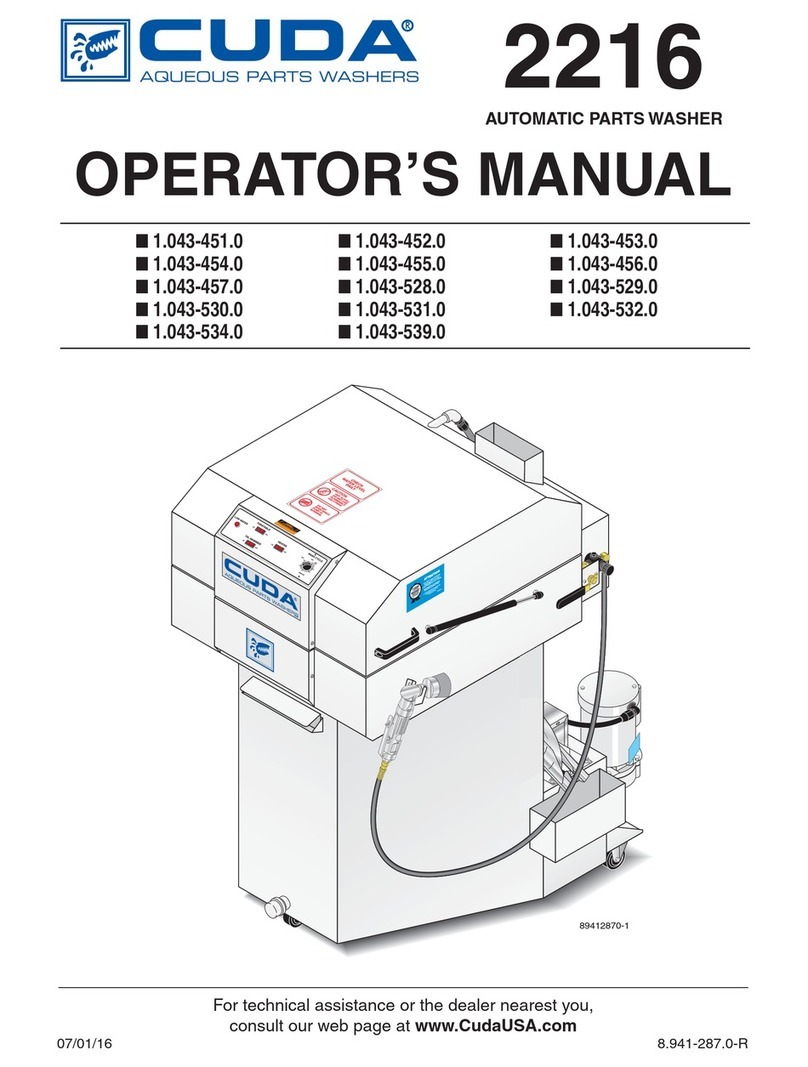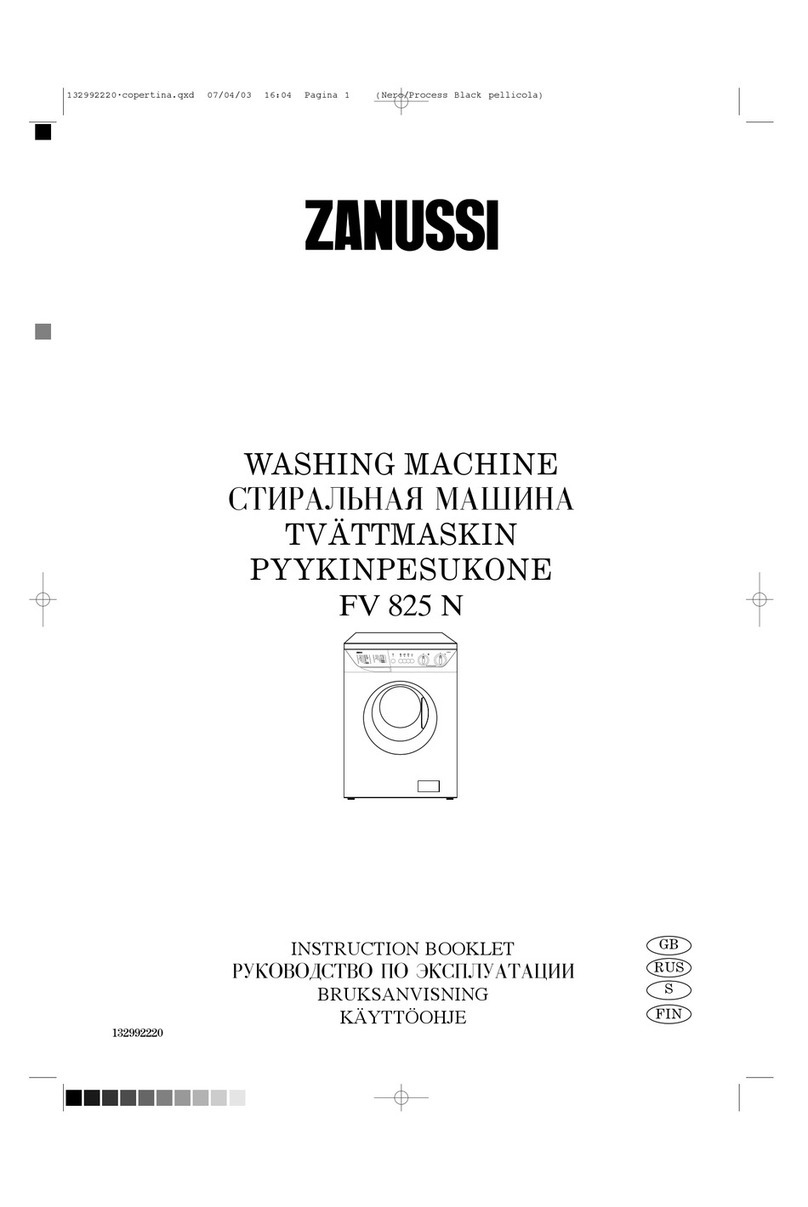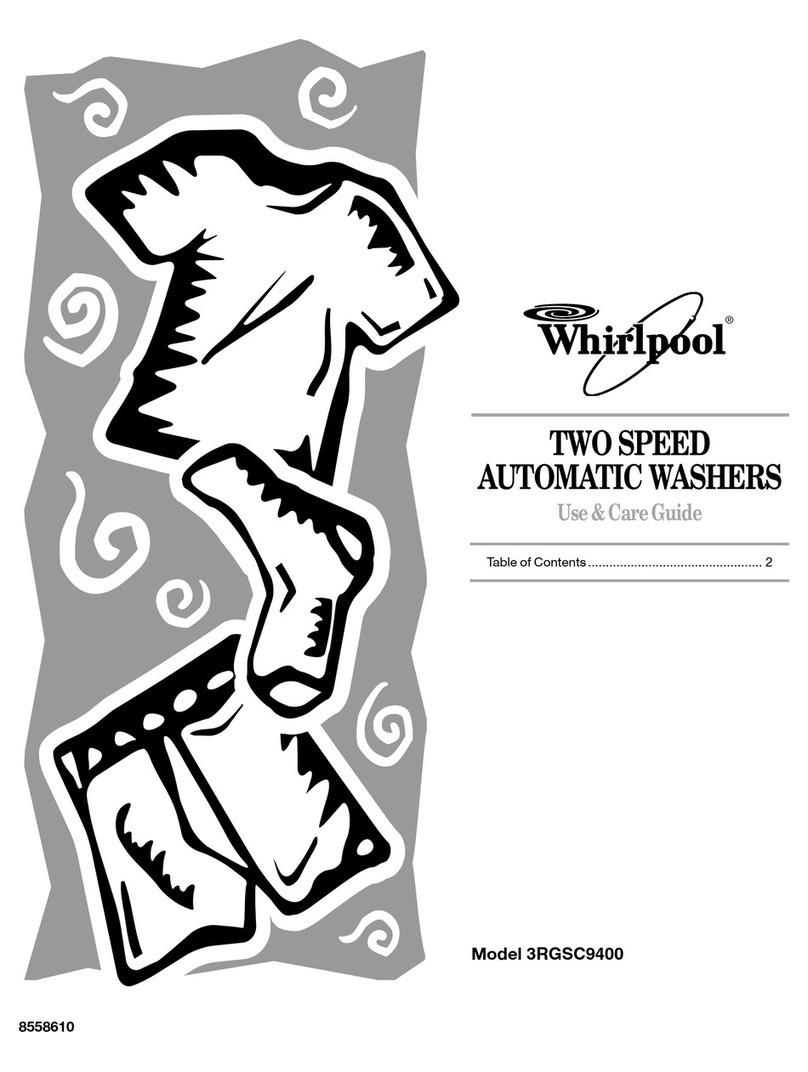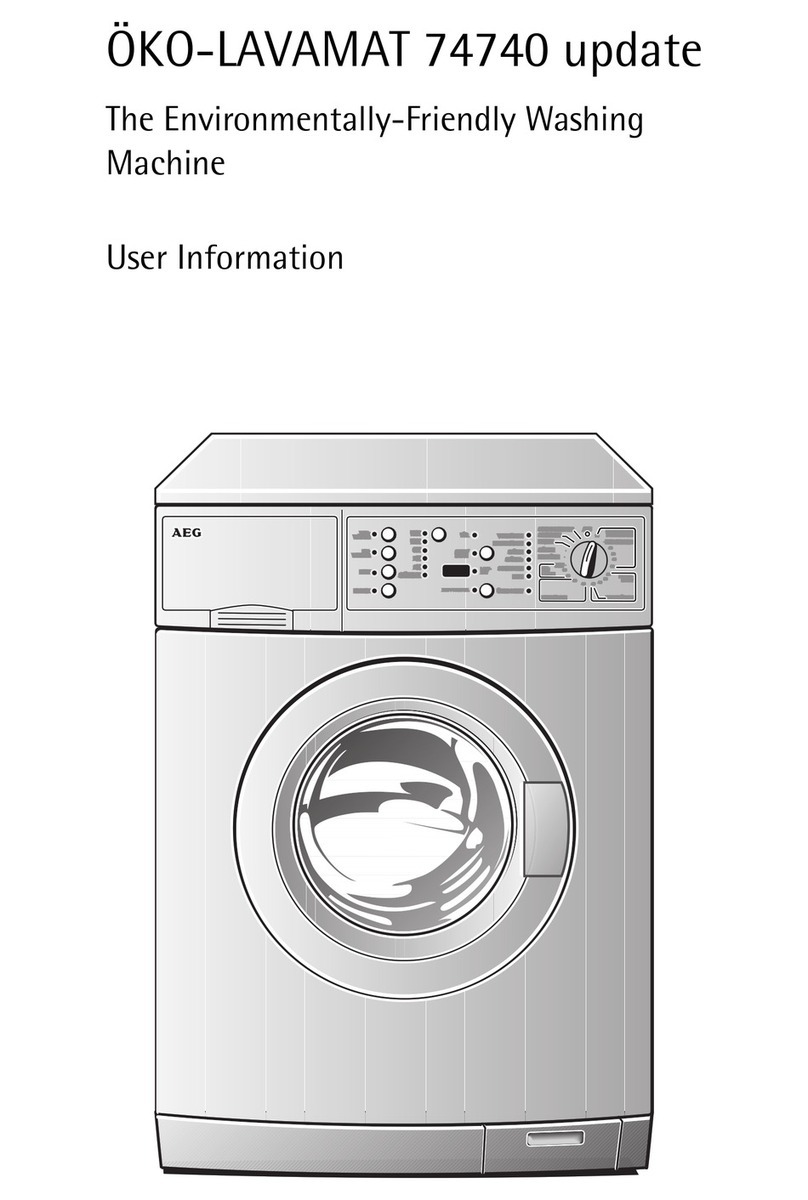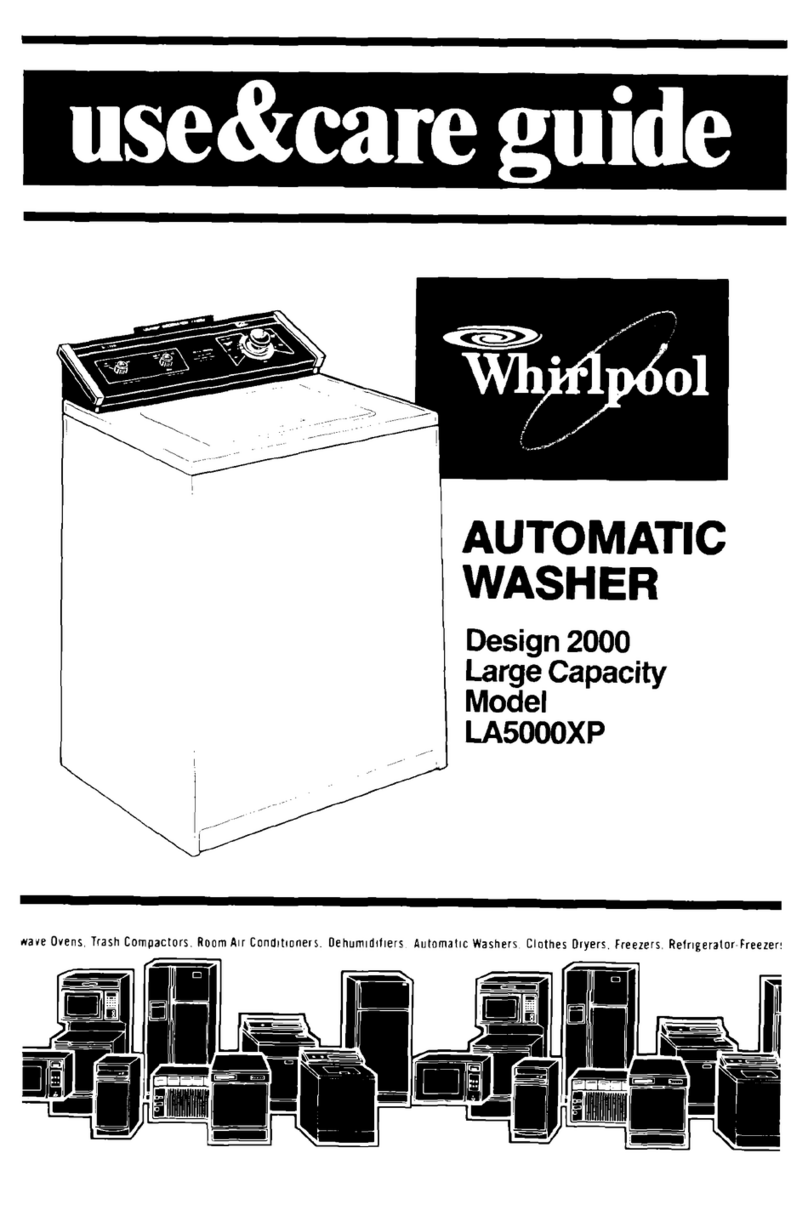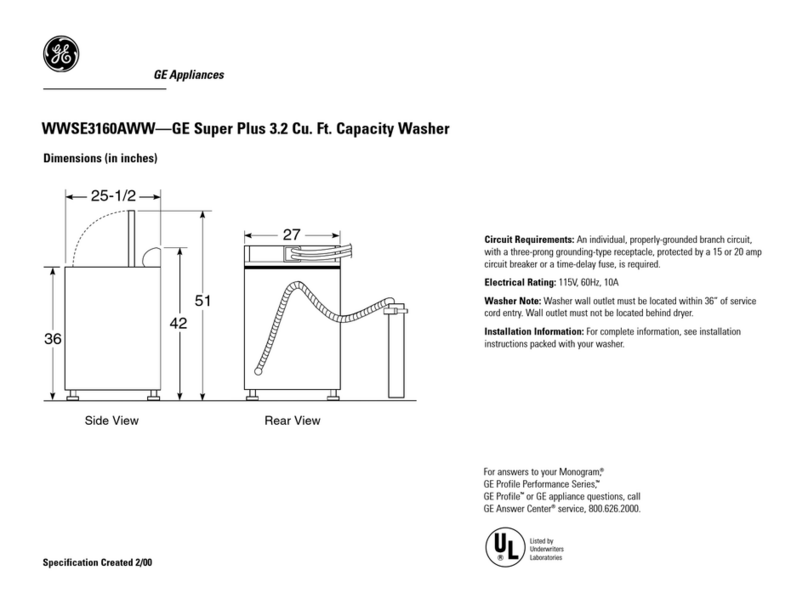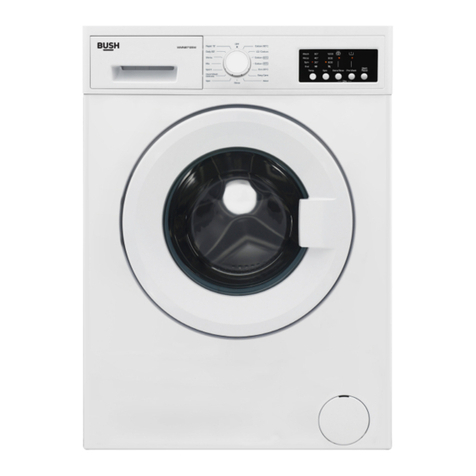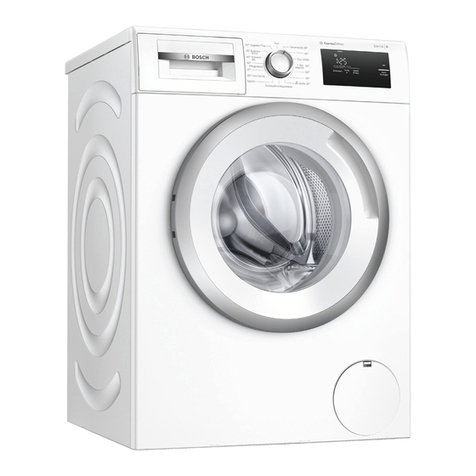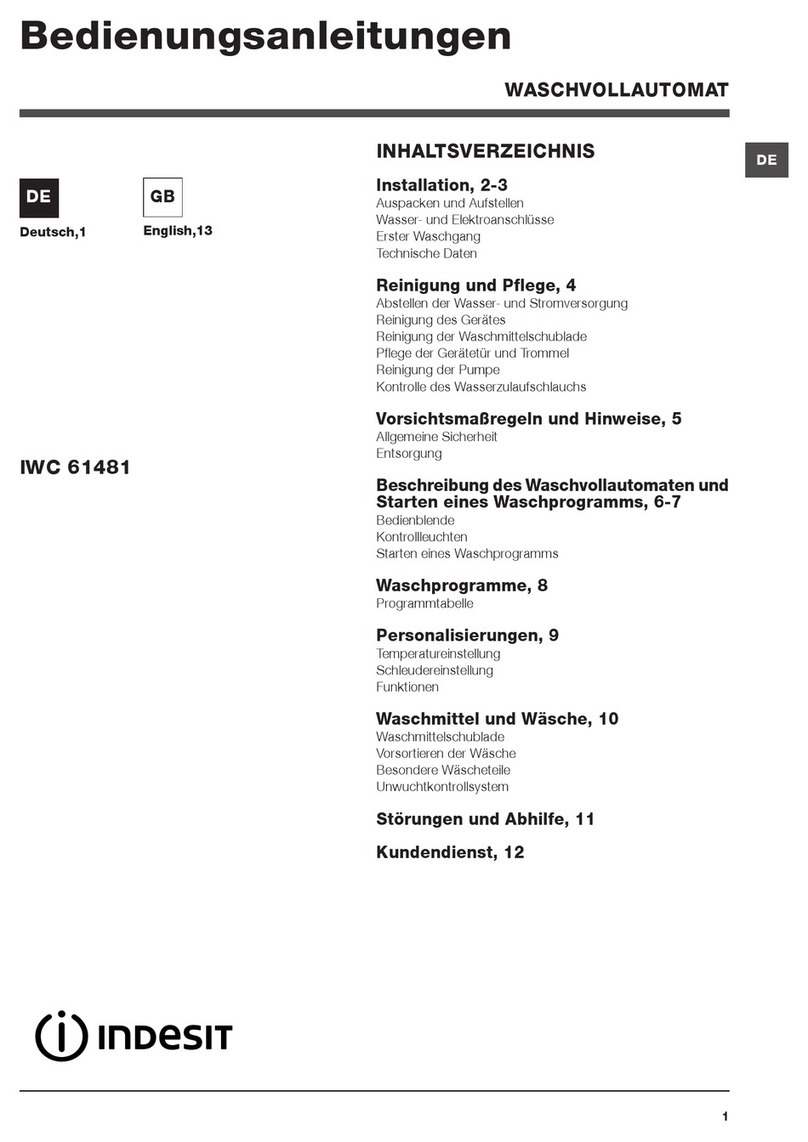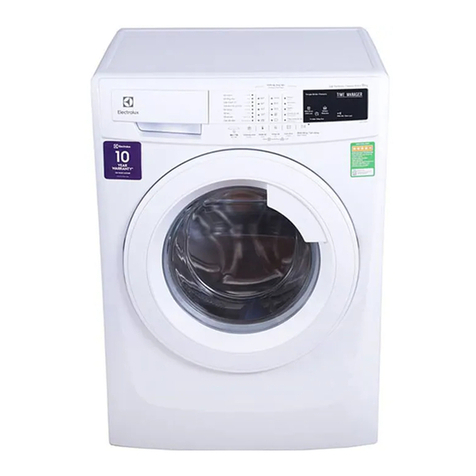
Cuda 2412 • 8.914-384.0 • Rev. 5/12
OPERATOR’S MANUAL AUTOMATIC PARTS WASHER
4
This manual is intended as a guide for safely install-
ing, operating and maintaining your Automatic Parts
Washer.
We reserve the right to make changes at any time
without incurring any obligation.
Owner/User Responsibility:
The owner and/or user must have an understanding
of the manufacturer’s operating instructions and warn-
ings before using this machine. Warning information
should be emphasized and understood. If the operator
is not fluent in English, the manufacturer’s instruc-
tions and warnings shall be read to and discussed
with the operator in the operator’s native language by
the purchaser/owner, making sure that the operator
comprehends its contents.
Owner and/or user must study and maintain for future
reference the manufacturers’ instructions.
This manual should be considered a permanent
part of the machine and should remain with
machine if resold.
When ordering parts, please specify model and
serial number.
GENERAL SAFETY
INFORMATION
CAUTION: To reduce the risk of
injury, read operating instruc-
tions carefully before using.
1. Read the owner’s manual
thoroughly. Failure to follow in-
structions could cause a mal-
function of the parts washer
and result in death, serious
bodily injury and/or property
damage.
2. Improper installation could cause serious injury
to the machine. All installations must comply with
local codes. Contact your electrician, plumber,
utility company or the selling distributor for specific
details.
3. The machine can only operate on the type of electri-
cal power indicated on the electrical specifications
tag. Operating the machine on any other power
supply will permanently damage the motors.
READ OPERATOR’S
MANUAL
THOROUGHLY
PRIOR TO USE.
WARNING: Electrical shock
could cause serious injury
or death.
4. Install the machine in compli-
ance with the National Electric
Code, connect it to a properly
sized lockable disconnect and
ground the machine using
the grounding stud inside the
main electrical panel.
5. While operating the machine, keep all electri-
cal panels in place and securely fastened at all
times.
6. Disconnect the machine completely from the
outside power source before servicing.
WARNING: Hot, high pressure
cleaning solution could cause
serious injury.
7. Do not operate the machine
with the lid or door open and
do not override the safety
switch.
8. After the machine stops, wait
10 seconds before opening
the lid or door.
WARNING: Always wear
approved eye protection and
protective clothing while
operating machine.
9. Always wear rubber gloves
when loading and unload-
ing the machine or servicing
components in the processing
chambers or sumps.
WARNING: Slips and falls from wet surfaces could
cause serious injury.
10. Maintain an unobstructed work area around the
machine and keep the floor free of water, oil, grease
or other foreign substances.
This Automatic Parts Washer is designed to oper-
ate safely and efficiently with required maintenance.
Before you begin to install and use the machine, please
familiarize yourself with the major components.
HIGH PRESSURE
SPRAY CAN PIERCE
SKIN AND TISSUES.
PROTECTIVE
EYEWEAR AND
CLOTHING MUST
BE WORN.
KEEP WATER SPRAY
AWAY FROM
ELECTRICAL WIRING.
SECTION 1: INTRODUCTION
